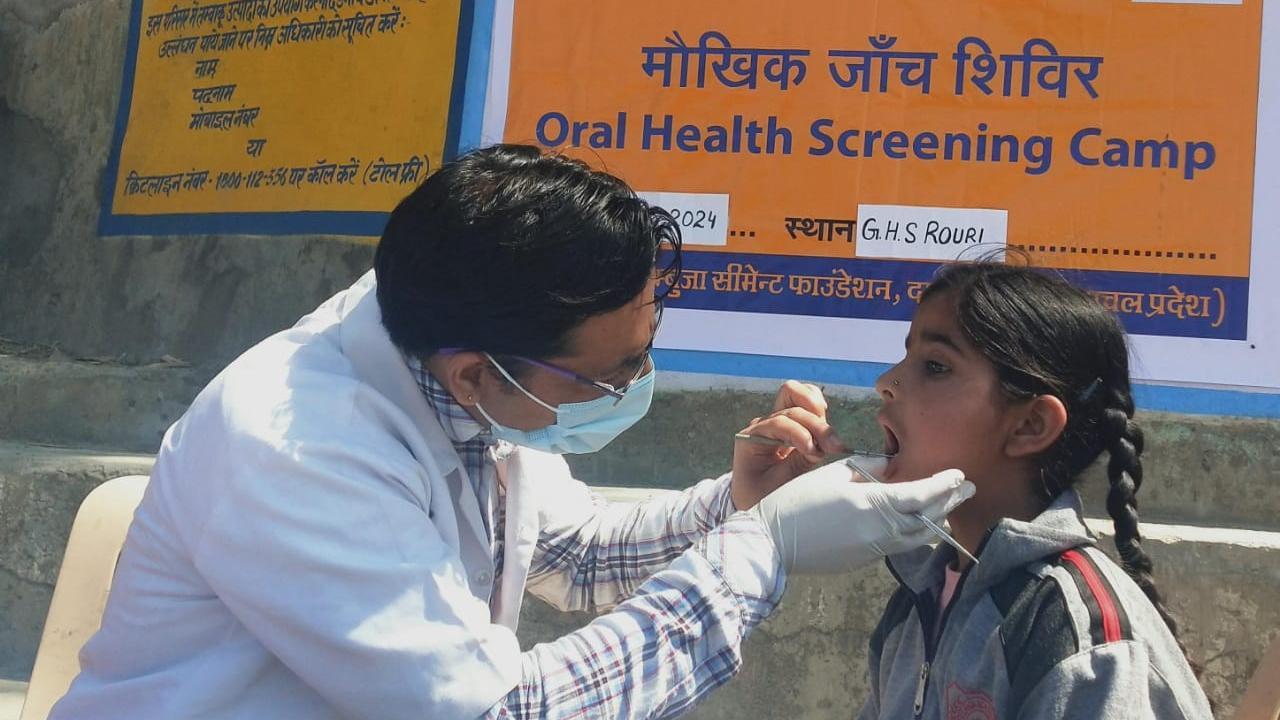About 20 million children of ages 10–14 are tobacco-addicted according to a survey done by the National Sample Survey Organisation of the Indian Government

Tobacco is one of the major, preventable causes of death and disease in India - accounting for nearly 1.35 million deaths every year. File/Pic
Whilst the fourth WHO global tobacco trends report highlighted a reduction in global tobacco users, low and middle-income countries remain at the forefront of the problem. Home to around 80 percent of the 1.3 billion tobacco users worldwide, countries like India are massive markets and opportunities for tobacco companies to recruit new tobacco users.
ADVERTISEMENT
Adolescents and children are the prime targets as kids between 15 to 24 years of age are considered to be the most susceptible phase of life for initiation of tobacco use in India. Based on available evidence, it is estimated that 5 percent to 25 percent of Indian adolescents currently use or have ever used tobacco and about 20 million children of ages 10–14 are tobacco-addicted according to a survey done by the National Sample Survey Organisation of the Indian Government.
But a small, grassroots movement has begun to buck this trend, by creating ‘tobacco-free schools’ as per COPTA guidelines. Rural villages across the country are striving, with NGO support, to implement 9 criteria to protect their young people from the marketing efforts of ‘big tobacco’ in India.
To date, 116 tobacco-free schools have been established across Kodinar (Gujarat), Farakka (West Bengal) and Chirawa (Rajasthan), informs Ms Pearl Tiwari, Director and CEO, Ambuja Foundation. And it all starts by banning shops within 100 yards of educational institutes, from selling tobacco products – a bold and controversial move, but one, the communities are willing to make to protect their children.
Schools then mark 100 yards from the outer limit of their boundary wall or fence to create a Tobacco-free perimeter and zone. Additionally, rallies and oral screening camps for villagers are organised in the schools.
Accordingly, IEC materials are distributed, banners are created, wall paintings are created on school walls to send a widespread message across communities. Taking a layered approach, teachers, ASHA workers, PRI members, and Medical Staff are all trained on the 9 criteria – established by the Central Government Swasth Mantrayalaya.
Lastly, students take an oath on not using tobacco and to ensure that the guidelines are followed, tobacco monitors are created and also check if tobacco or spitting is being done.
Tobacco is one of the major, preventable causes of death and disease in India - accounting for nearly 1.35 million deaths every year. Yet India remains the second largest consumer and producer of tobacco – clearly we have a long way to go in tackling this epidemic.
Tobacco use among youth is increasing in epidemic proportions across the world. Radical action must be taken by citizens to protect our young people from adolescent onset tobacco use – which leads to ‘accelerated dependency’ within a short period from first exposure.
(Ms Pearl Tiwari, Director and CEO, Ambuja Foundation)
 Subscribe today by clicking the link and stay updated with the latest news!" Click here!
Subscribe today by clicking the link and stay updated with the latest news!" Click here!







